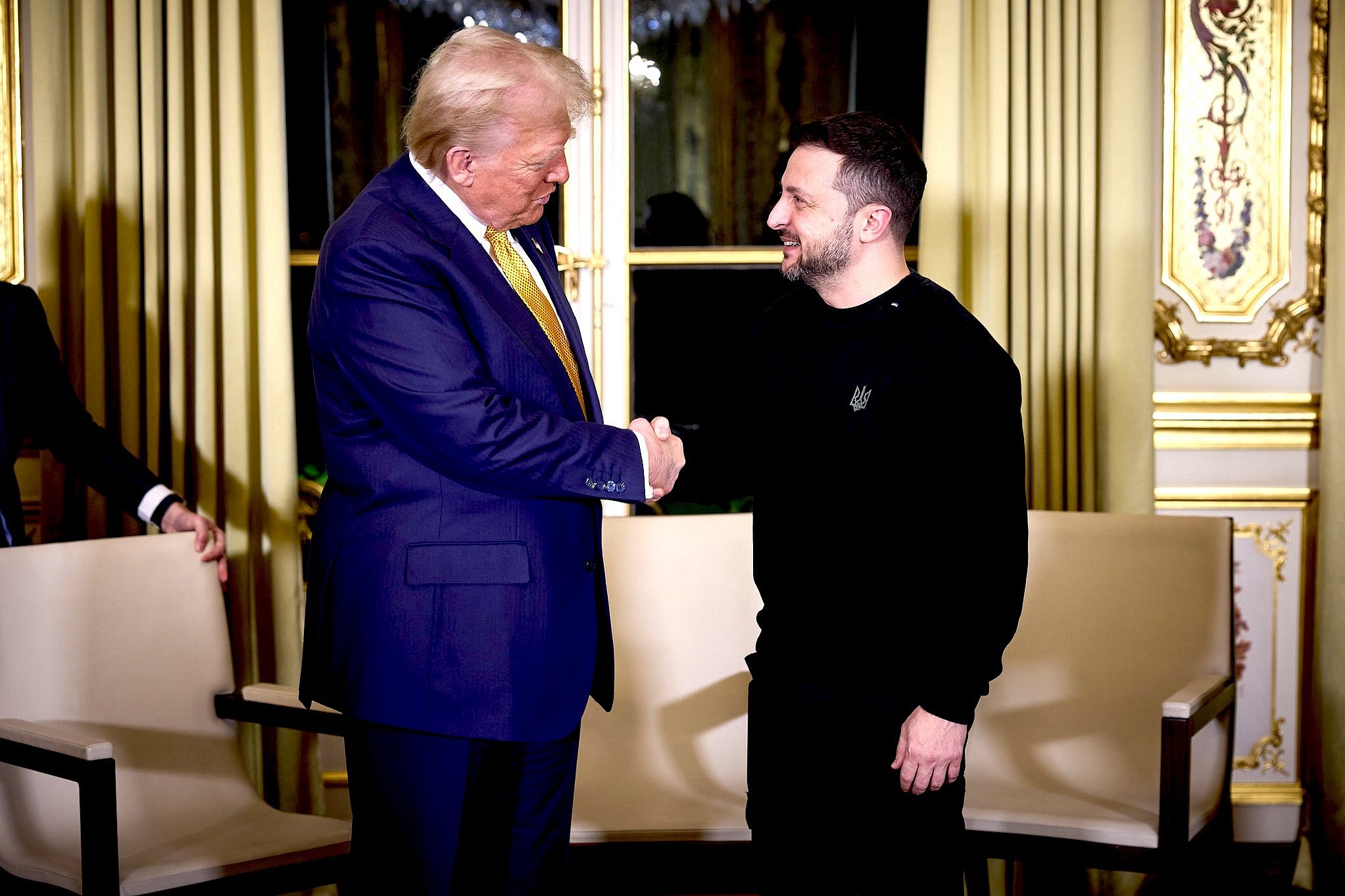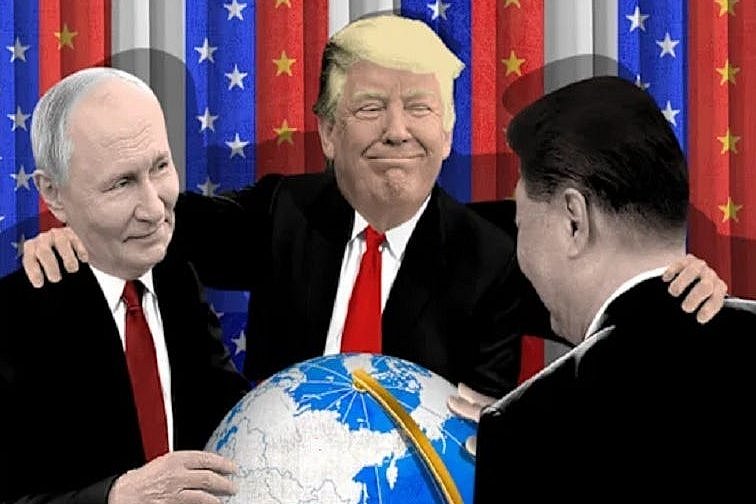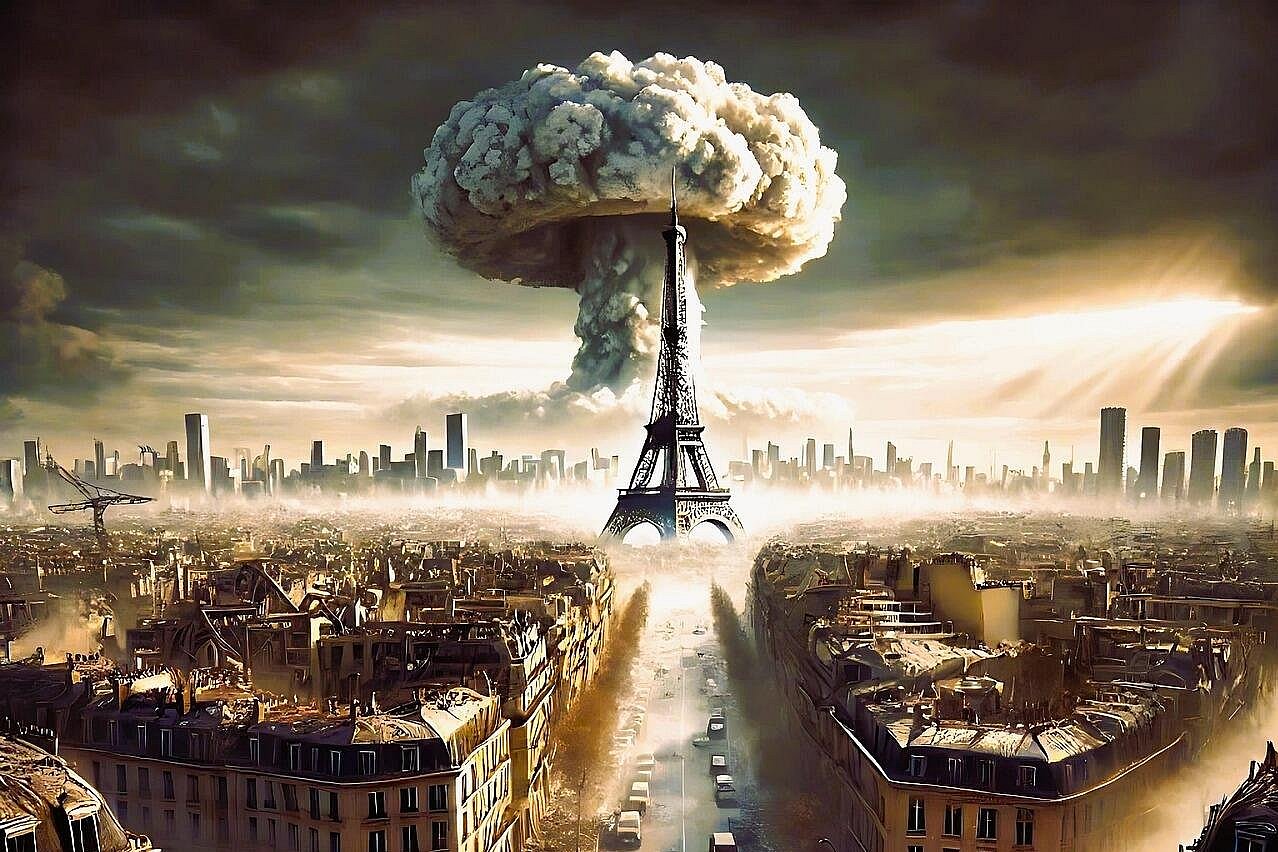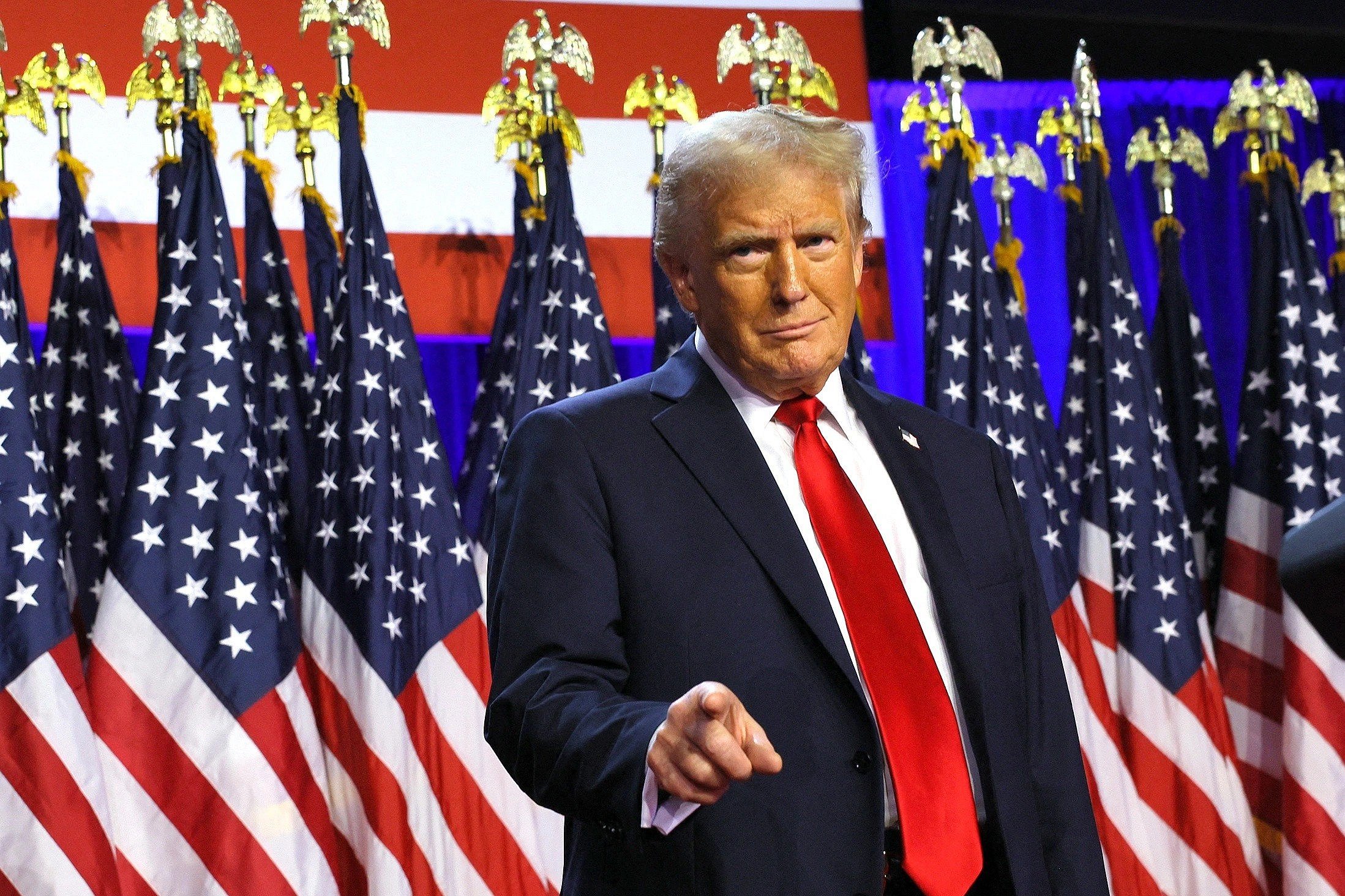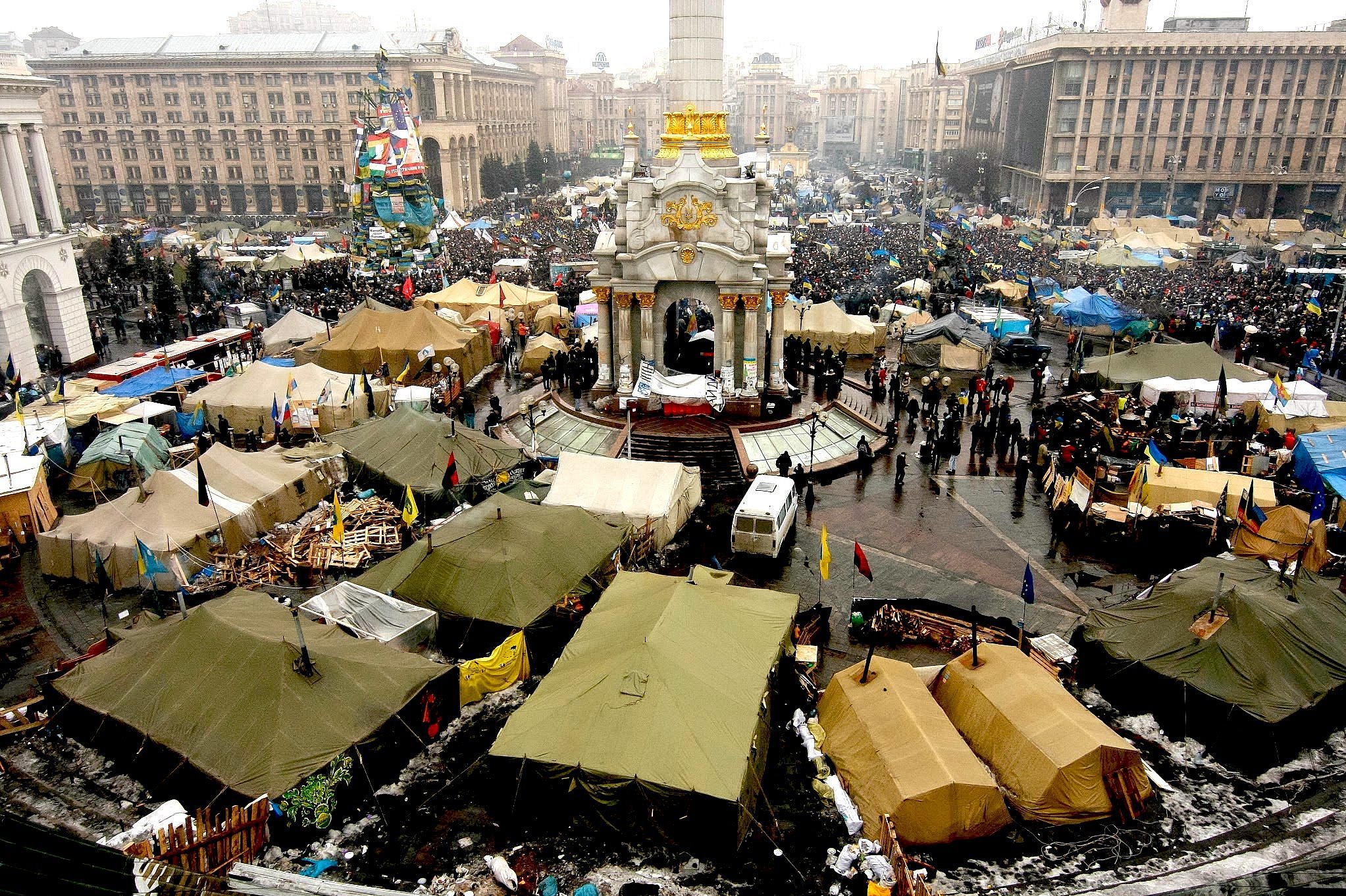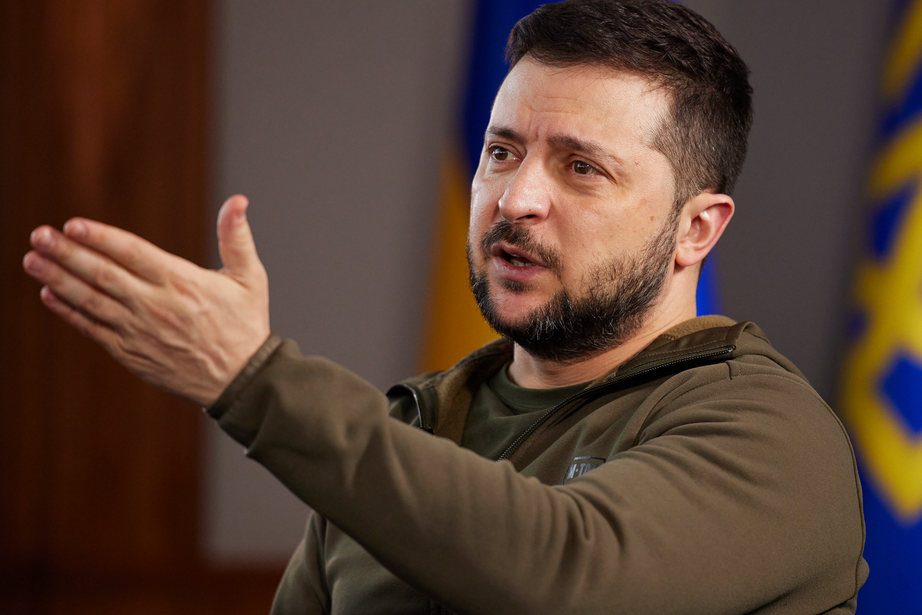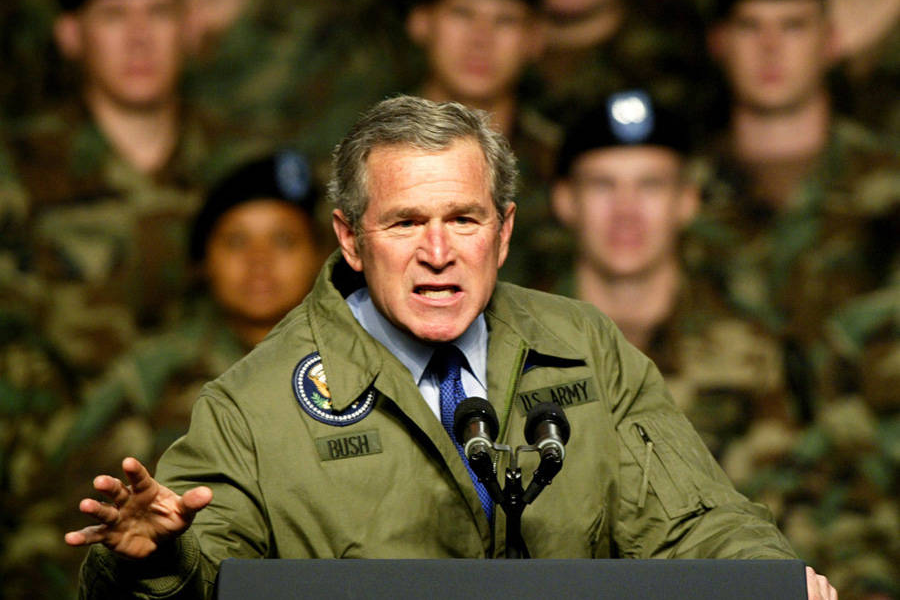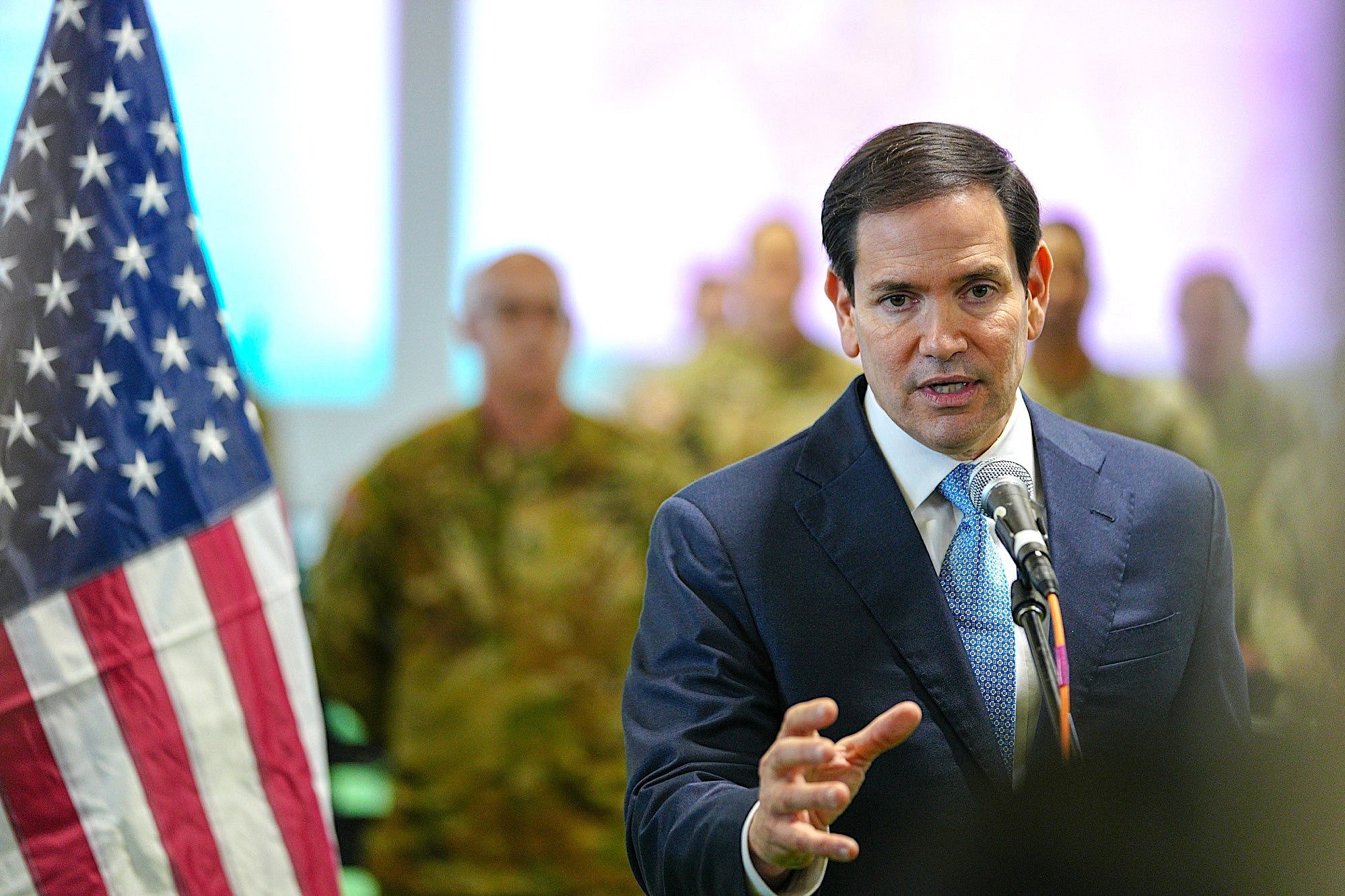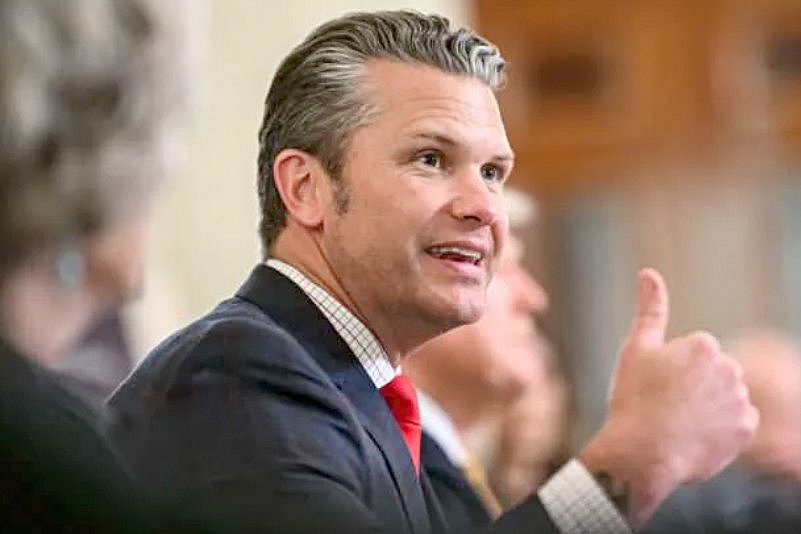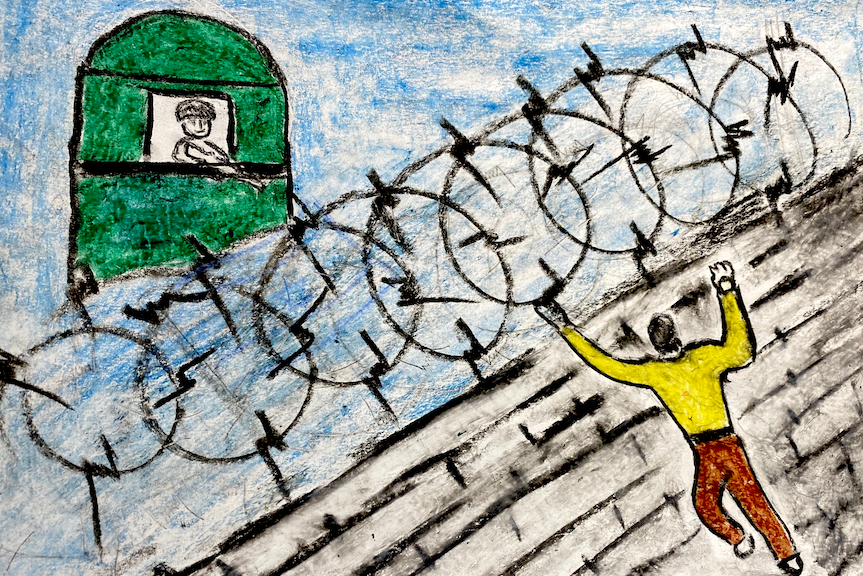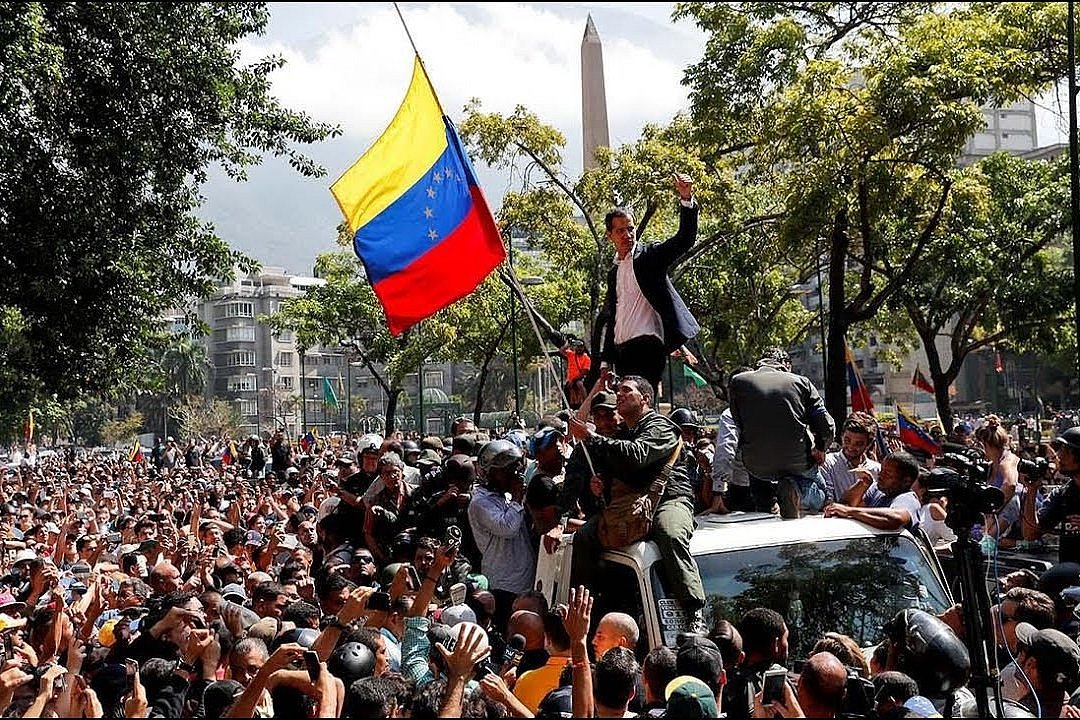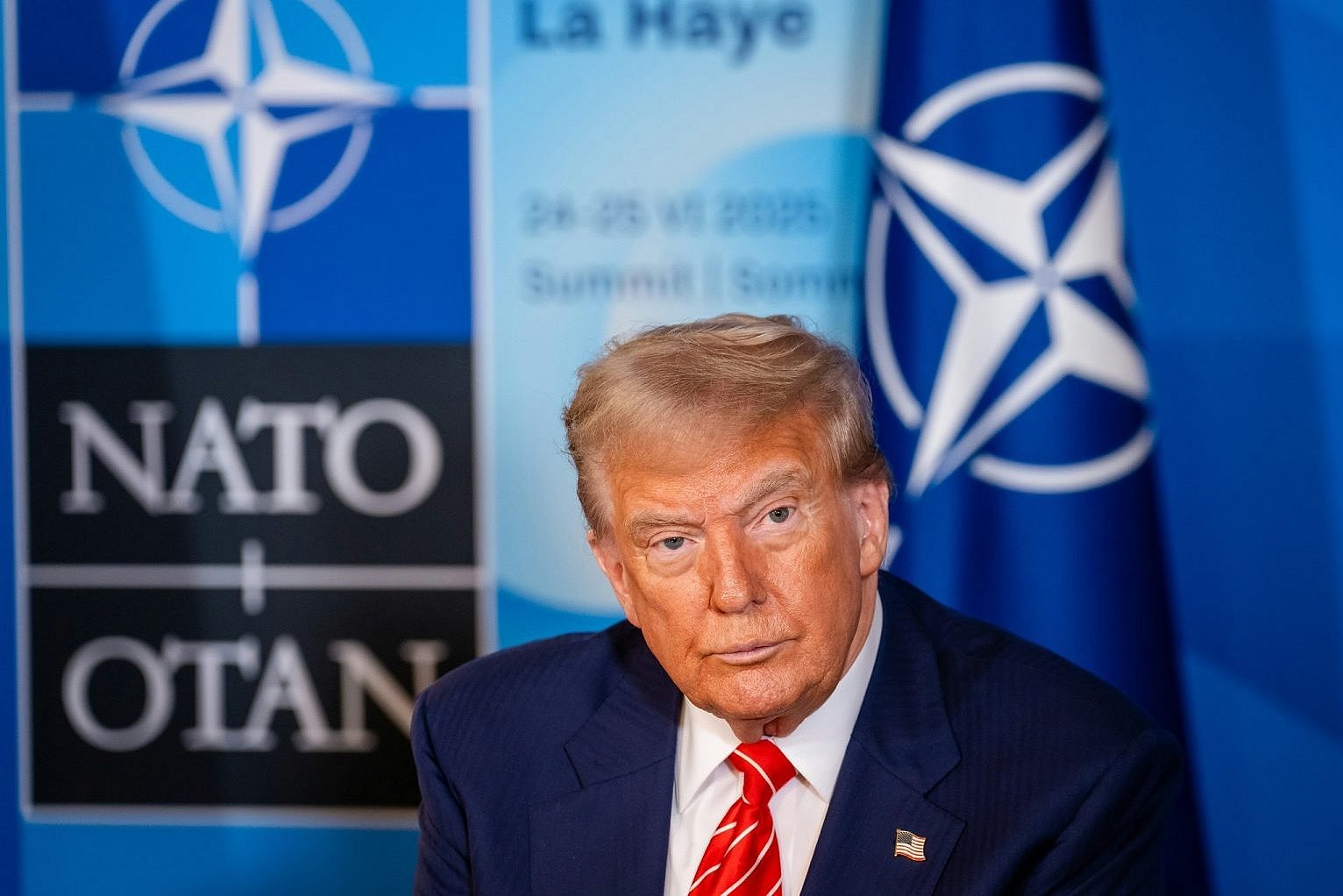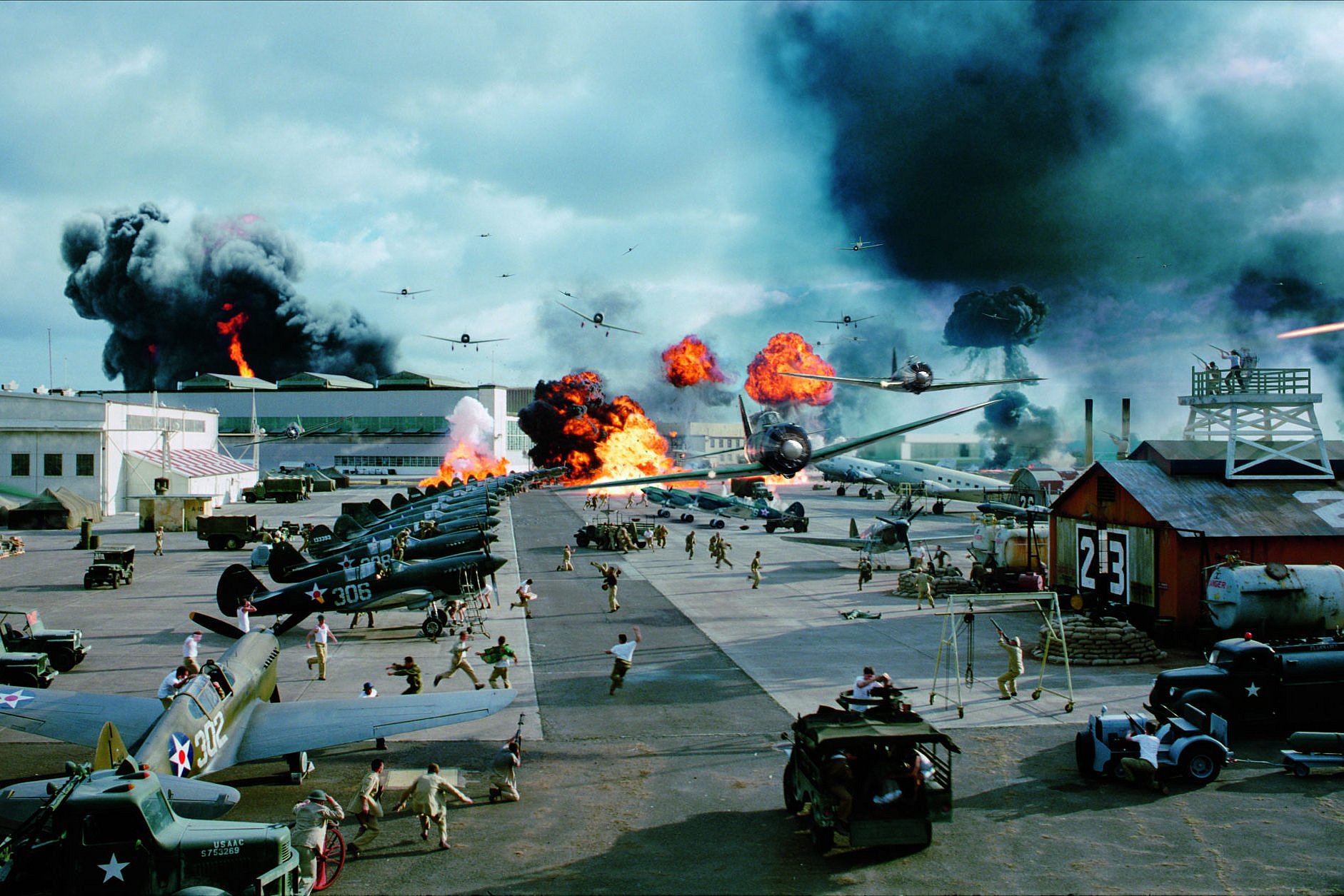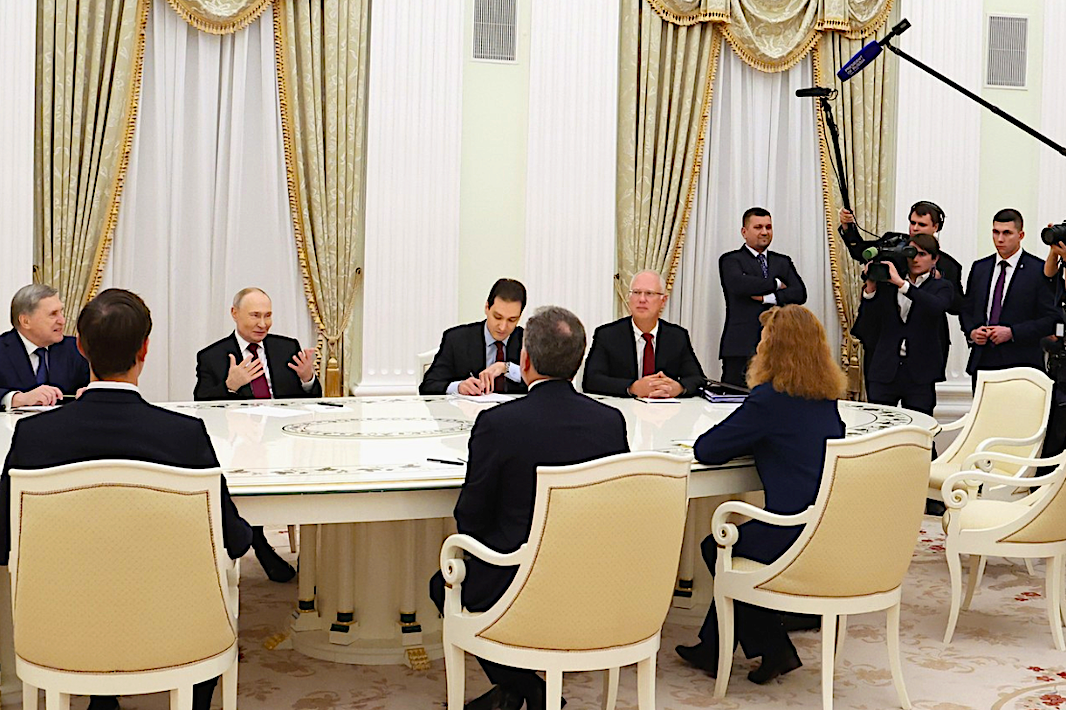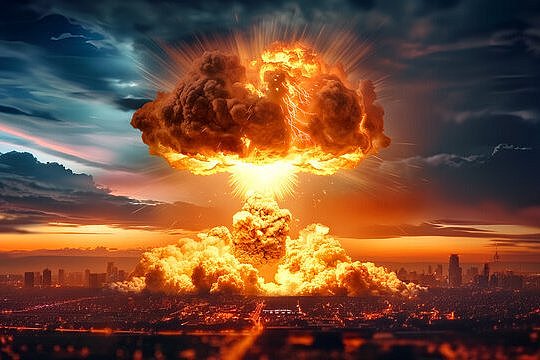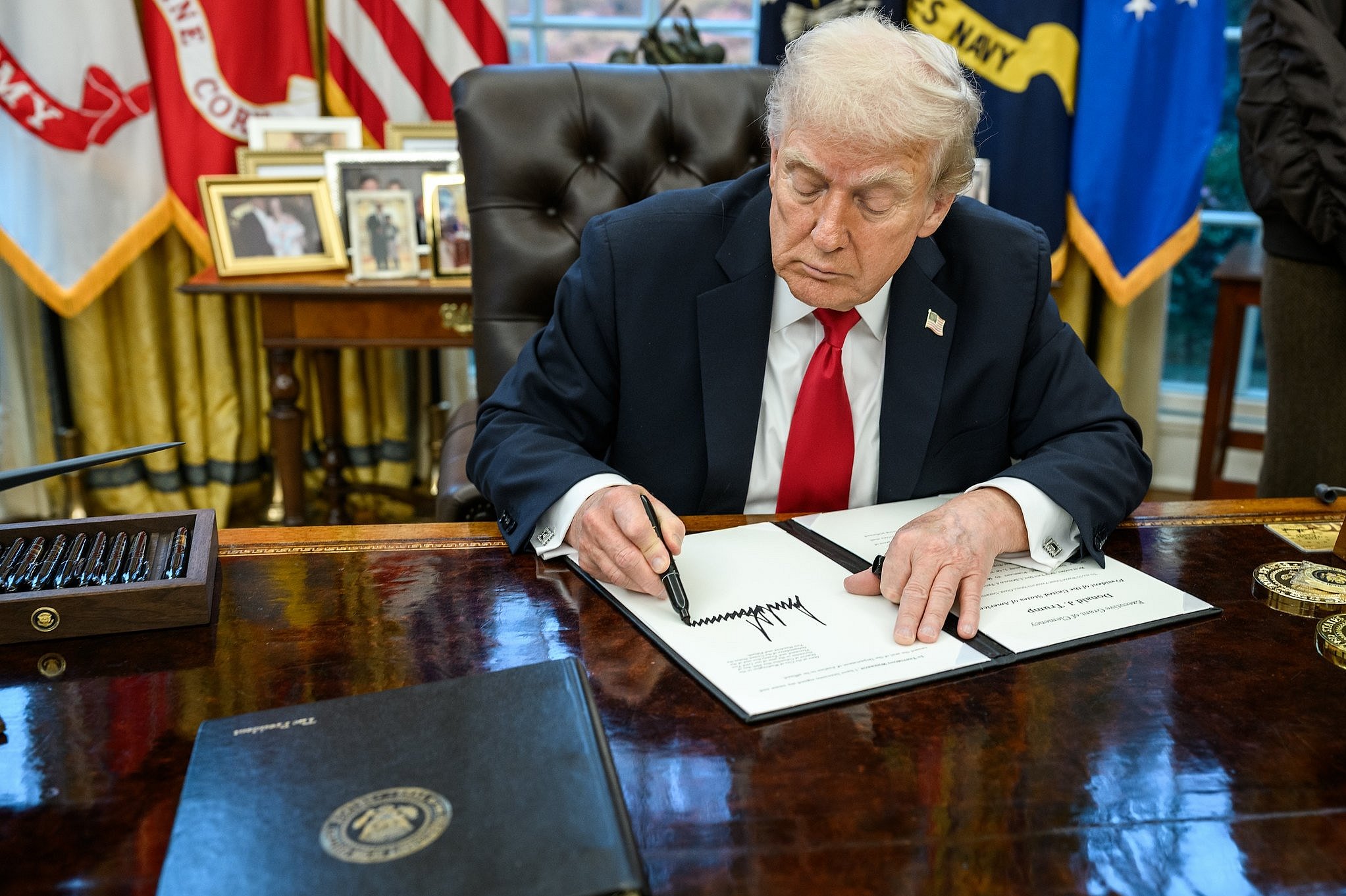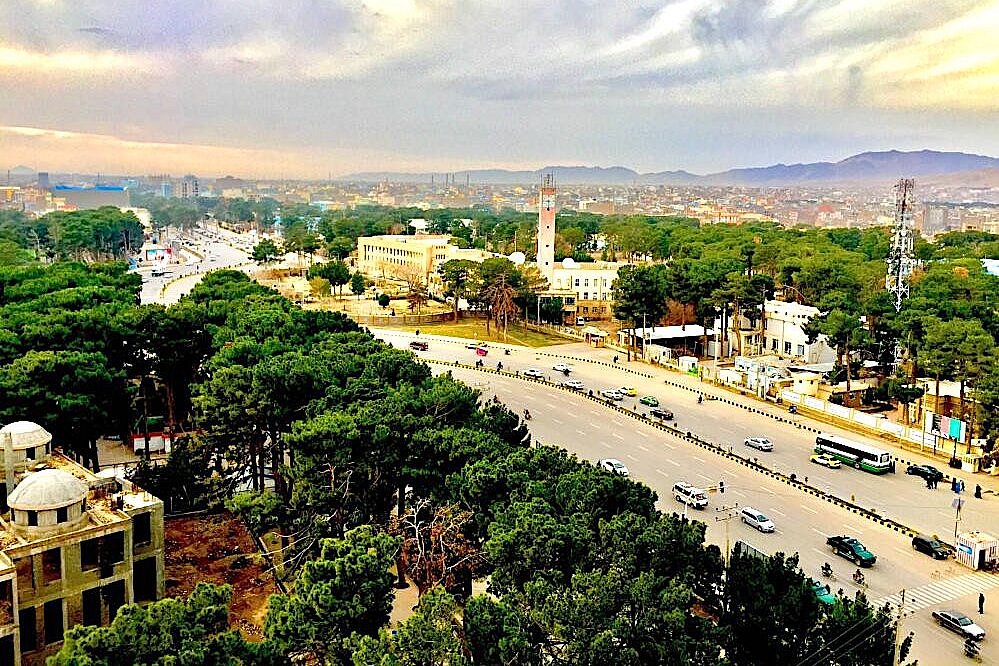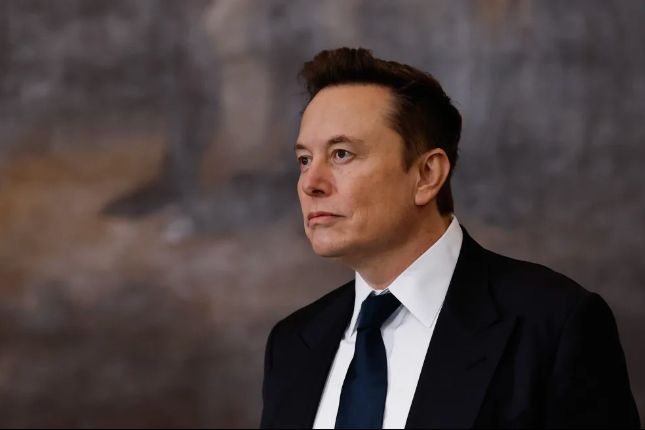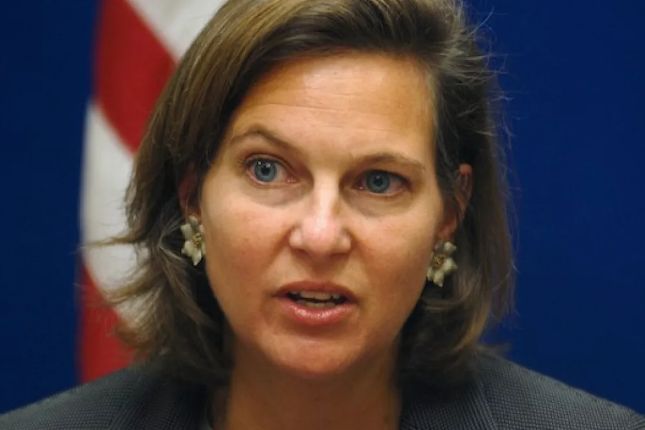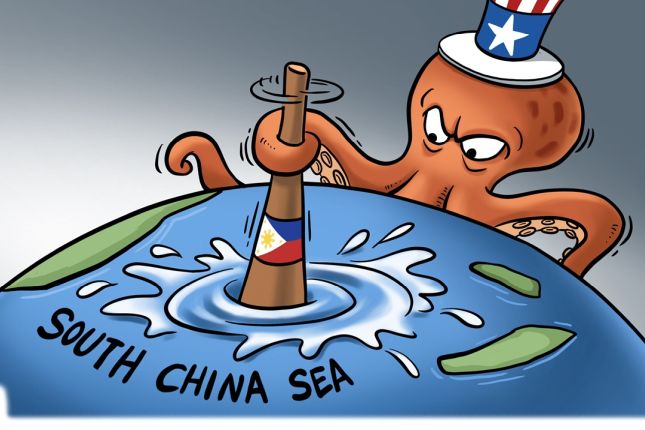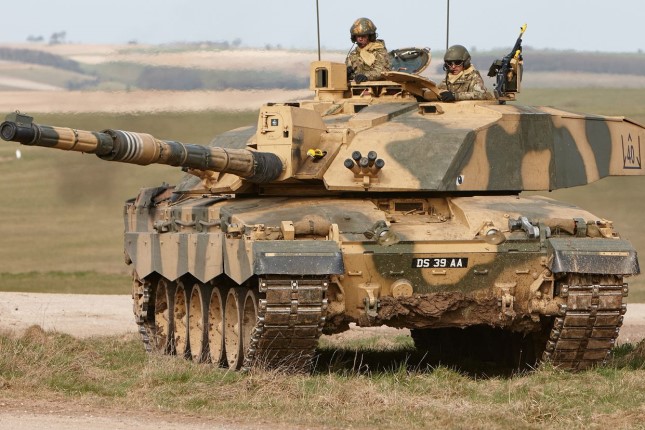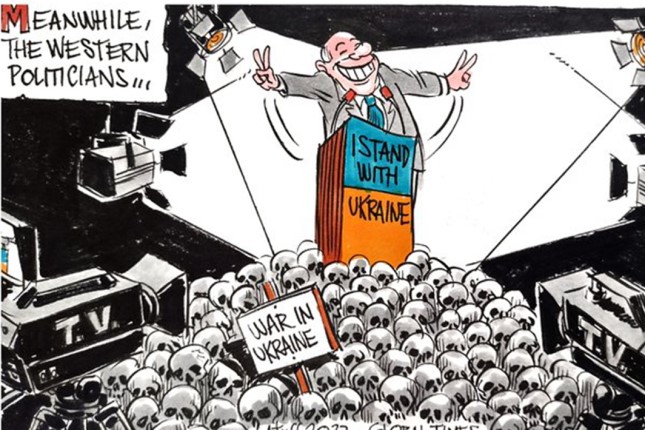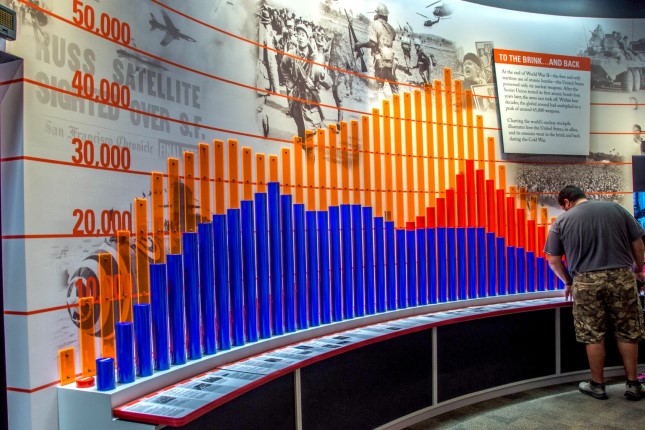Moscow and Kiev have been vying with each other to curry favour with the new U.S. administration. Just as Russian diplomacy appeared to be outstripping Kiev, things changed dramatically on April 30 with the signing of the so-called minerals deal between the U.S. and Ukraine in Washington.
Weeks of tense bargaining preceded the conclusion of the agreement, which at one point disrupted U.S. aid for Ukraine. But the latter showed extraordinary grit, tenacity and tact to hang on and, eventually, extracted out of the Trump administration what President Vladimir Zelensky called a “truly equal” deal. This must be the finest hour of Ukrainian nationalism and underscores that the country is far from a write-off on the geopolitical chessboard.
To be sure, Zelensky has emerged as a statesman of reckoning, having consolidated his standing in the powerful nationalist camp that may set at rest any speculations of a regime change in Kiev. Even Moscow seems to sense this unnerving reality, which will have profound consequences for a peace settlement in Ukraine, given the evolution of Ukraine’s animus against Russia, and most important, Ukraine’s integration into the Western alliance.
The symbolism in the invitation extended by the Vatican to Zelensky for Pope Francis’ funeral and the Sistine Chapel turning into the venue of a crucial meeting between him and Trump is self-evident. Clearly, the Great Schism of 1054, the break in communion between the Catholic Church and the Eastern Orthodox Church [which is in Ukraine] mutating. This is one thing.
If the trend gets reinforced, it will make the job easier for Britain, France and Germany — the bastions of Anglican Church, Catholicism and Protestantism respectively — to push ahead their determination to navigate Ukraine’s future identity as a Praetorian guard of European security with by far the most powerful army (and battle-hardened, too) in the continent.
Deal Affects Three Key Areas
Arguably, therefore, the minerals deal reboots the Western alliance system. Its impact will be felt on three key templates — the nature and content of the U.S. presence in Ukraine, the trajectory of the war and Russian geo-strategies.
It is a moot point whether or not U.S. President Donald Trump has shown his hands as to whether an investment deal of such magnitude is workable right on Russia’s doorstep without some sort of military underpinning. Trump’s own preference may be to follow China’s example in Africa but then, his successors in the Oval Office would have other thoughts.
But this presupposes that Russians do not push the envelope — in which case, Trump (or his successors) may not hesitate to put boots on the ground. Make no mistake, the minerals deal comes within the First Circle of Trump’s MAGA dossier.
The minerals deal will significantly shift the locus of the Ukraine war. There is a popular myth that Russia controls the bulk of Ukraine’s mineral wealth, whereas, the reality is that Ukraine’s mineral resources are only peripherally in the Donbass region annexed by Russia.
The graphic in a well-documented article titled Ukraine’s resources. Critical raw materials by the NATO Energy Security Centre of Excellence shows the vast spread of Ukraine’s mineral resources, much of it in the western side of the Dnieper River.
Russian Intentions?
The big question is about Russian intentions going forward. Put differently, is Russia satisfied with the four regions of Novorossiya and Crimea that it has annexed so far?
The point is, there is sufficient ground to speculate that with a long-term Western presence, including American presence, looming over Ukraine, Moscow may decide to secure the Black Sea coastline and create a buffer zone in Ukraine on the eastern side of Dnieper River. Regions of Odessa, Mykolayiv, Sumy and Kharkov may get drawn into the conflict. Of course, top Russian officials have publicly voiced revanchist opinions that may also have resonance within their far-flung country with 11 time zones.
Even Kiev may fall in the Russian cross-hairs under certain dire circumstances such as a collapse of President Vladimir Putin’s strategy of Ukraine’s “de-nazification” and “demilitarisation.” Russia anticipates that the U.S. (and the European allies) will continue to support the (hostile) Ukrainian regime’s military capability and has no qualms about the Kiev’s regime’s affinities with the Nazi ideology. Suffice it to say, the minerals deal shatters the Russian dream of a neutral Ukraine.
Put differently, Russia may have to learn to live with an unfriendly regime in Ukraine which is under Western protection. Will Moscow accept such an outcome of the war, which amounts to a colossal failure to achieve any of the major objectives of the special military operations?
Equally, the chances of the Western sanctions being lifted are virtually nil for a foreseeable future. Even if Trump wants the sanctions to go, the U.S. Congress may not allow it nor the U.S.’ European allies. Even if the U.S. president has given some secret understanding to Putin that the U.S. will block Ukraine’s NATO membership, therefore, that is only a line in the sand.
The bottomline is that although the minerals deal is of immense consequence to Europe and Ukraine, the trajectory of the war will largely depend on Russia and the U.S.
The good part is that both Russia and the U.S. want the war to end and neither wants a confrontation. However, there remains an intractable contradiction insofar as Trump will be in a tearing hurry to freeze the conflict as quickly as possible so that Russia’s annexation of Ukrainian territory is limited to the present front lines and secondly, the peace dividend becomes available for garnering by Wall Street during his presidency, the defeat in the war at the hands of Russia notwithstanding.
The big carrot that Trump is (verbally) holding out is his willingness to recognise the Crimea as part of Russia. But it means Russia giving up the objectives of having control of the territories of Donbass and Novorossiya per the regions’ original boundaries, something that Putin had outlined in his June 14 speech last year at the Russian Foreign Ministry while demanding a unilateral withdrawal of Ukrainian forces as a precondition for negotiations with Kiev.
Meanwhile, Zelensky, who has lately begun to openly claim responsibility for assassinating Russian generals in Moscow, is seething with revanchist notions. All this will be a bitter pill to swallow for Russia.
Weighing on the growing spectre that the hard-fought war may only lead to an inconclusive and inherently fragile peace, the Kremlin may well decide to accelerate its military operations for an outright military victory in Ukraine and dictate its terms of peace that fulfill its strategic objectives from a long term perspective well beyond the Trump presidency.
There is a strong possibility that Trump’s honeymoon with the Kremlin leader may be ending. Indeed, Trump’s own approach to the Ukraine question has a history that is traceable to his first term, which is, alas, rarely explored and remains enigmatic.
That said, it must also be factored in that historically, Russia’s foreign policy objectives were never about territorial conquest or about glory — but about achieving objectives. As Timofey Bordachev, program director of the Kremlin-linked Valdai Club wrote this week for RT,
“Often, this (achieving objectives) means exhausting adversaries rather than crushing them outright… This mindset explains Russia’s readiness to negotiate at every stage: politics always outweighs military concerns. Foreign and domestic policy are inseparable, and every foreign venture is also a bid to strengthen internal cohesion, just as the medieval princes of Moscow used external threats to unite the Russian lands…
“Classical geopolitics teaches that the main focus must remain where the primary threat lies. Western Europe may no longer be the centre of global politics, but it remains the crucial frontier, the dividing line between Russia and American power.”
Source: Consortium News.
